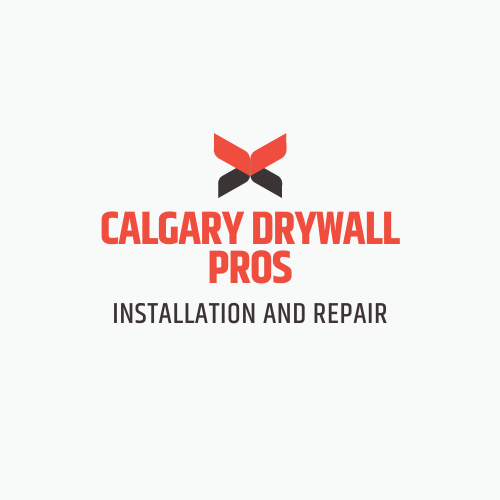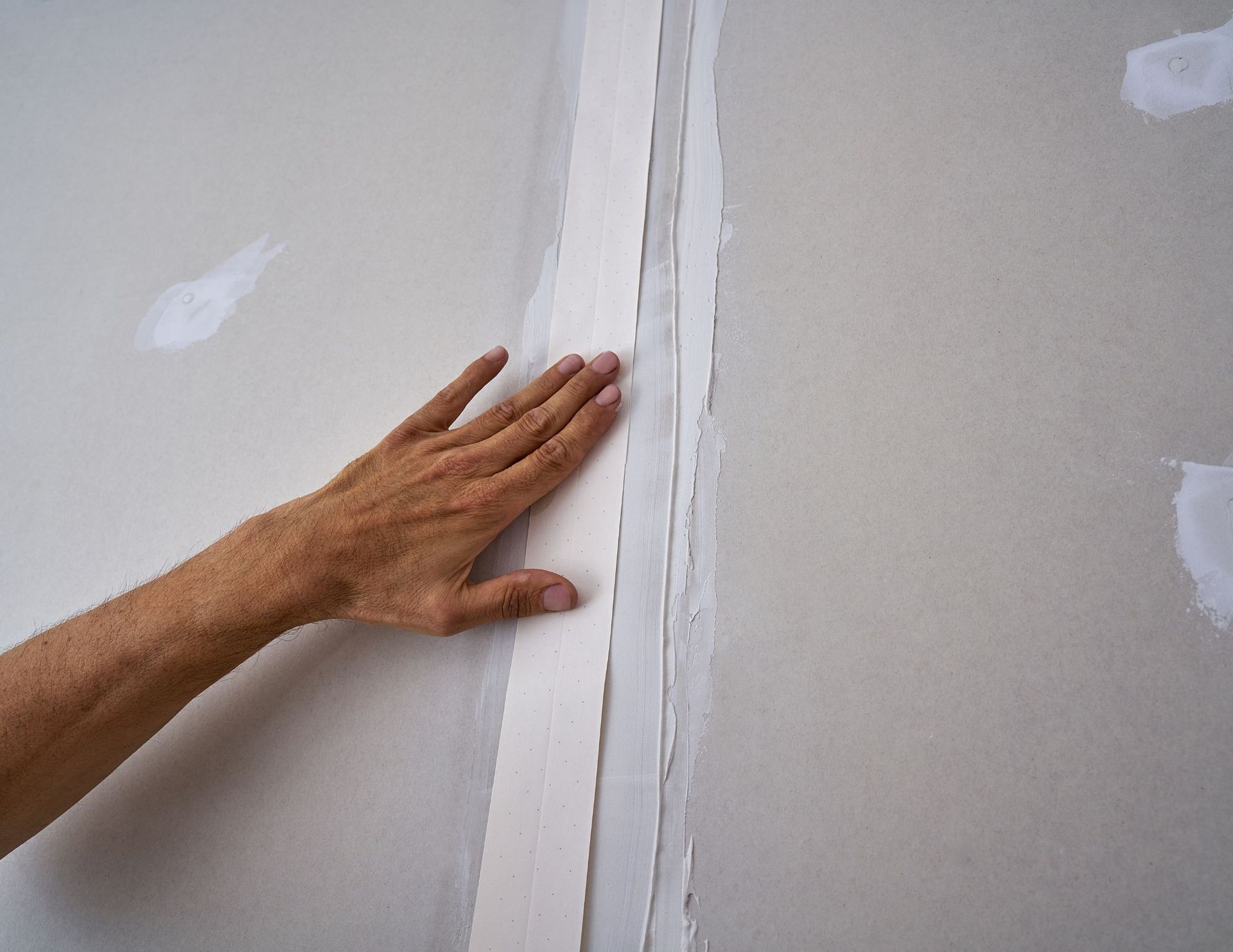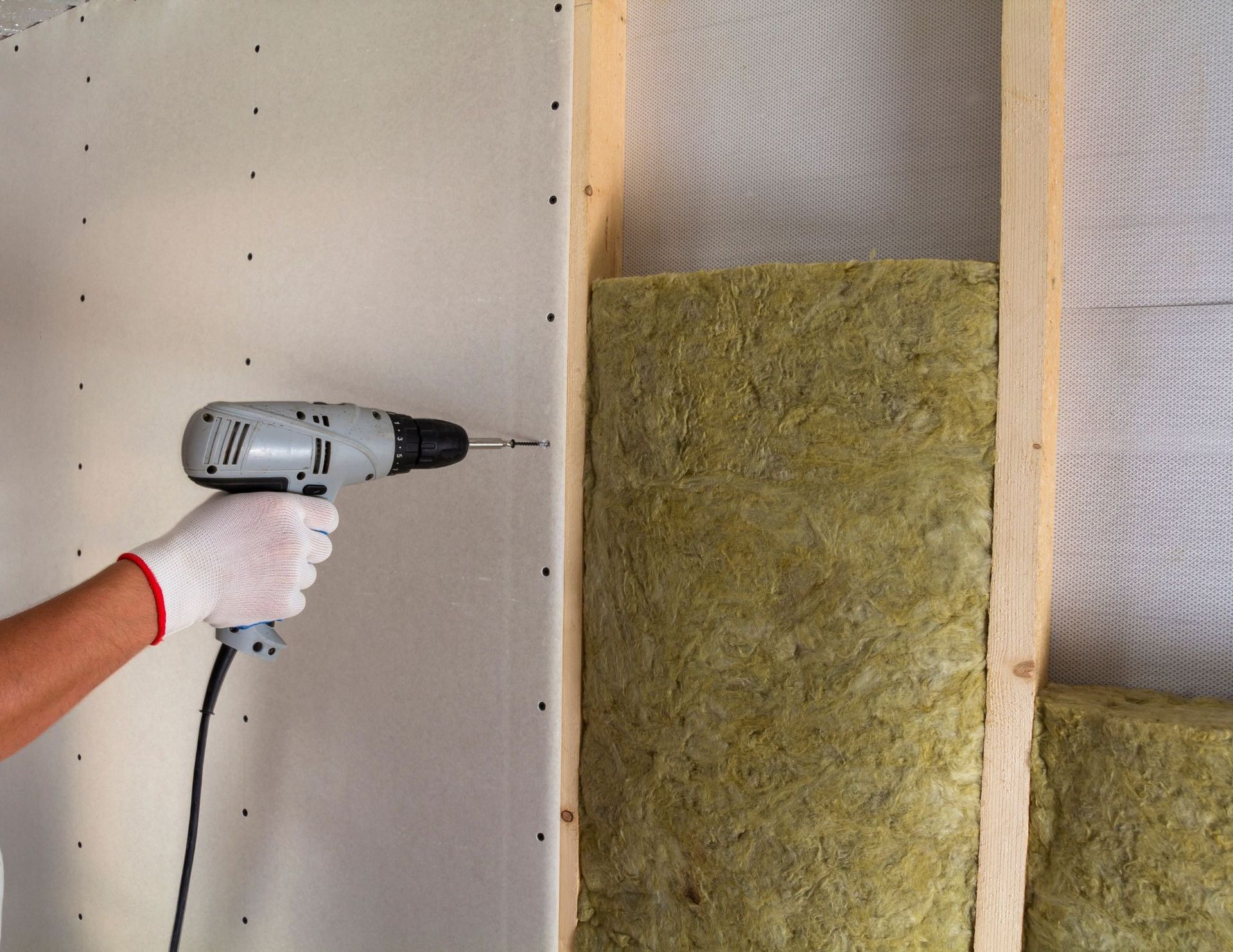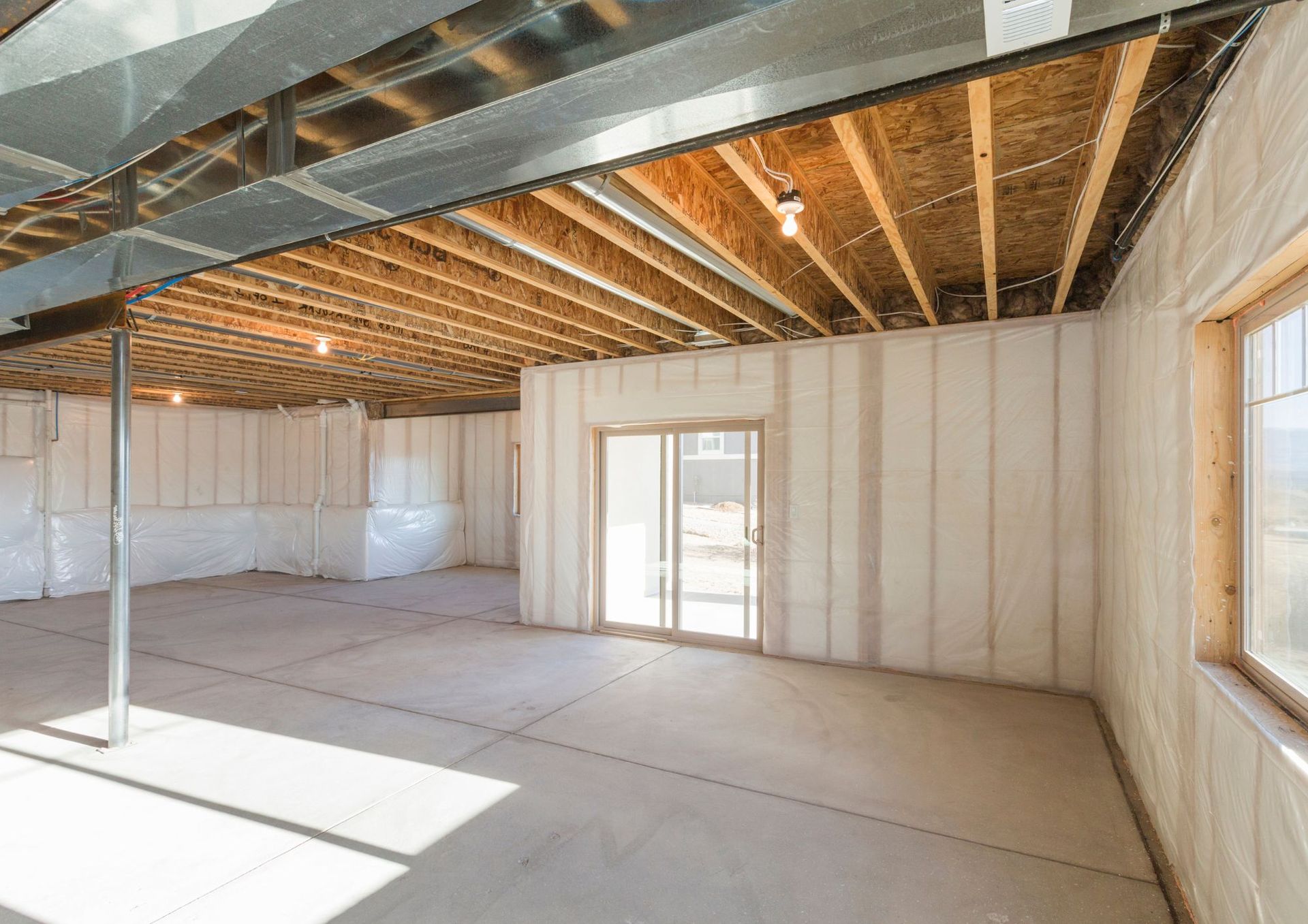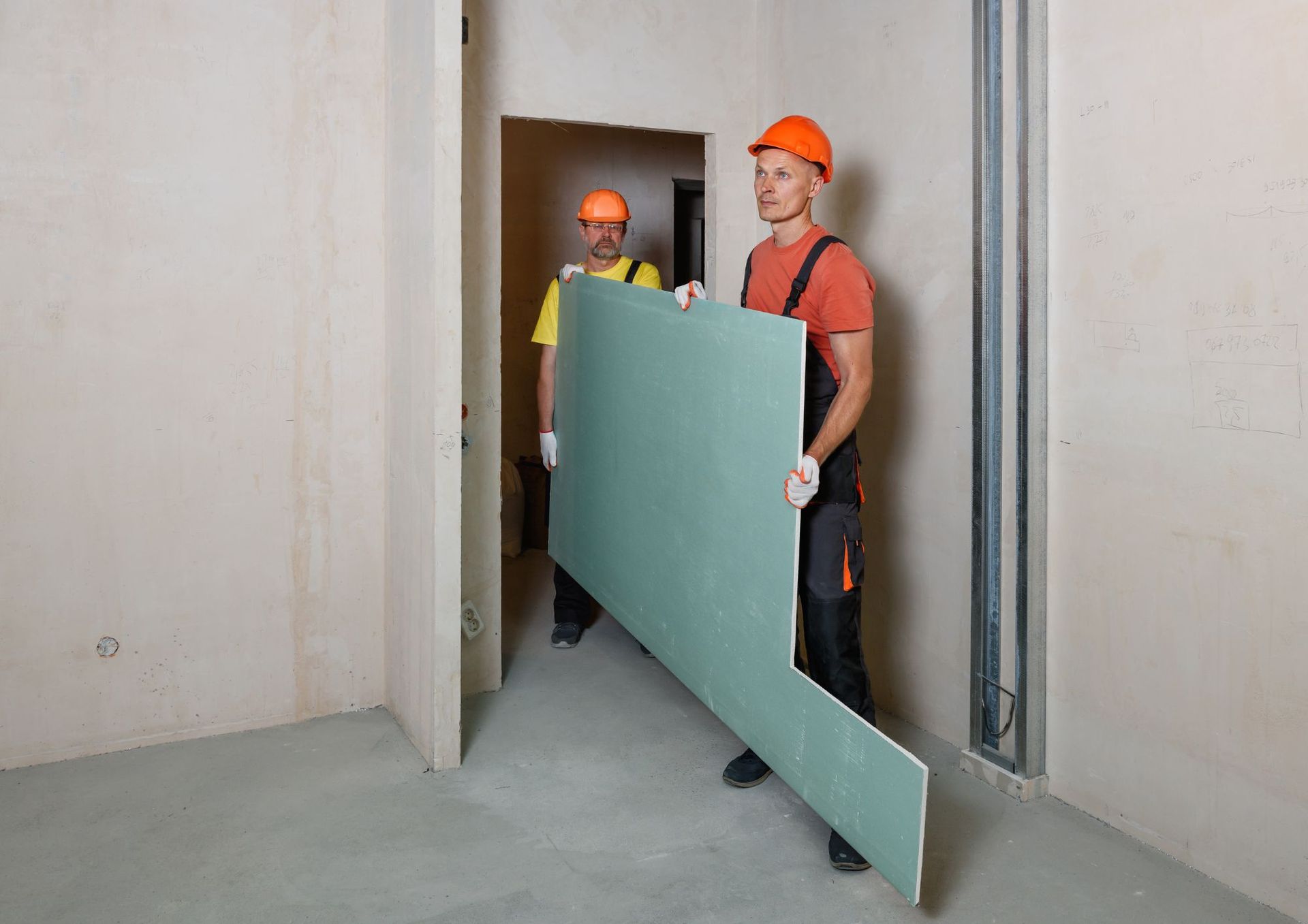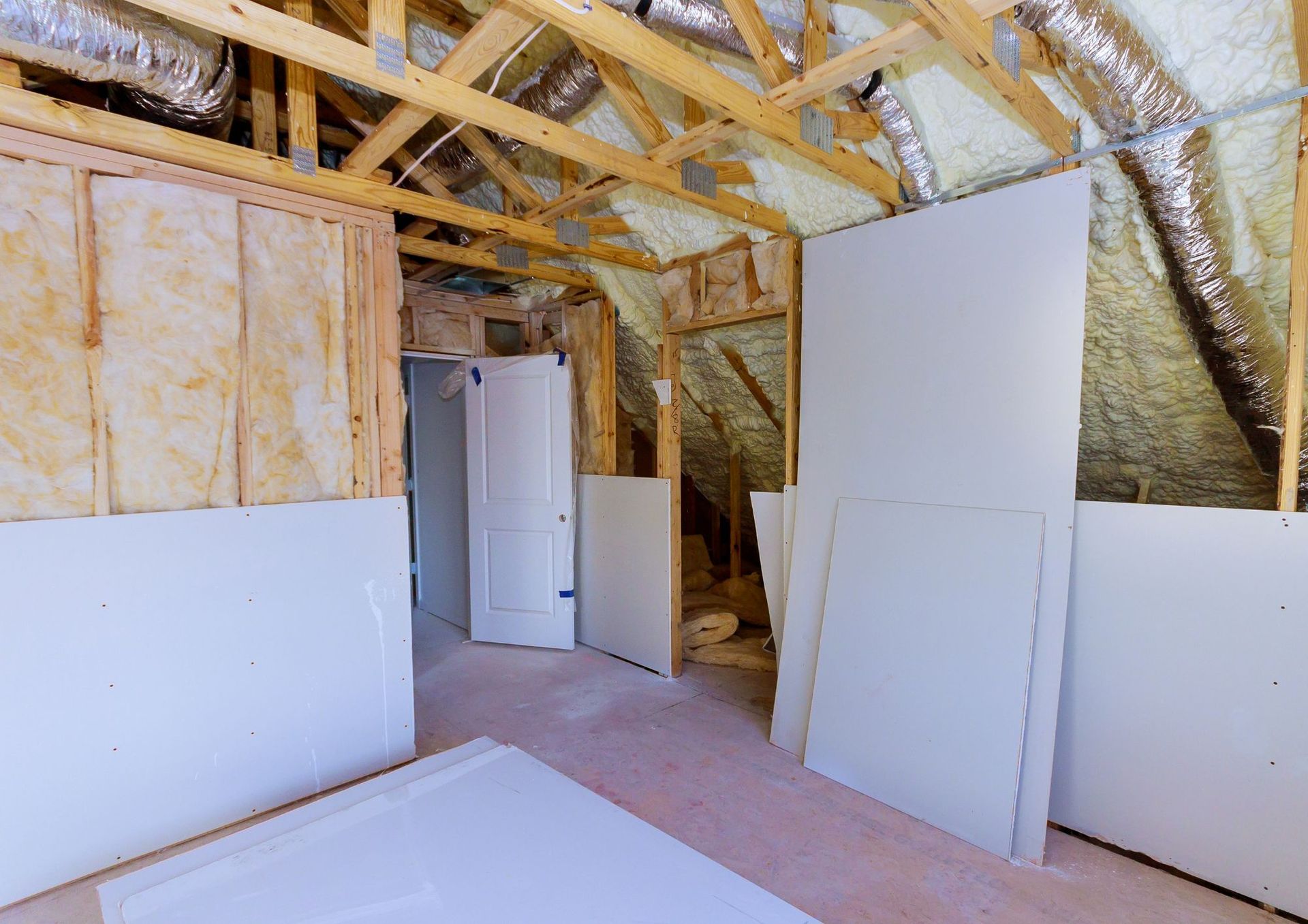Drywall in Wet Areas: Best Practices for Bathrooms and Kitchens
Best Practices for Drywall in Wet Areas
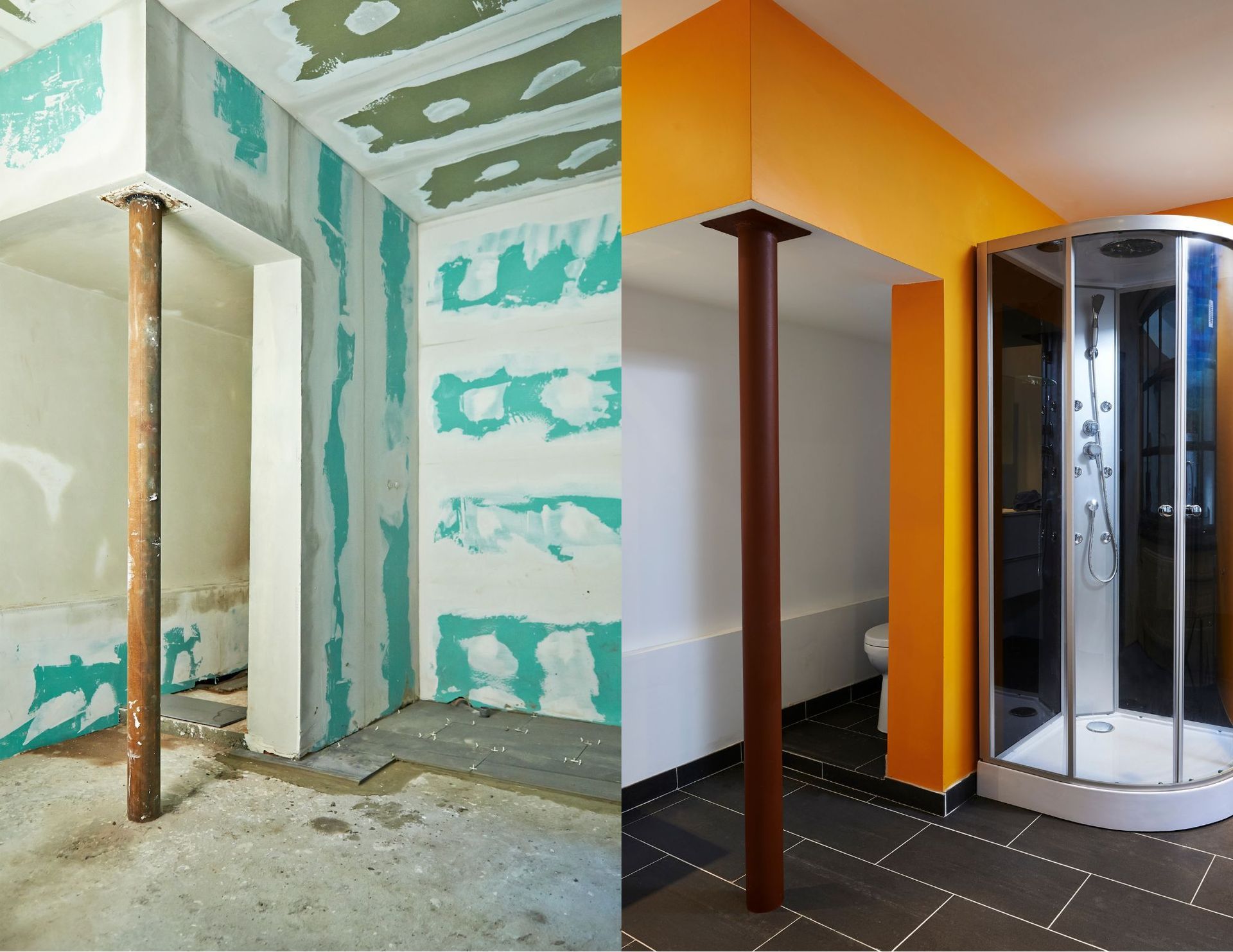
Installing drywall in wet areas, such as bathrooms and kitchens, requires careful consideration and adherence to specific best practices. These areas are prone to moisture, humidity, and occasional splashes, making it crucial to choose the right materials and techniques to prevent water damage and mold growth. In this blog post, we will explore the best practices for installing drywall in wet areas, providing you with the knowledge to ensure a durable and water-resistant finish.
Choose Moisture-Resistant Drywall
When it comes to wet areas, standard drywall won't suffice. Opt for moisture-resistant drywall, also known as green board or cement board, which is specifically designed to withstand moisture exposure. Green board features a moisture-resistant gypsum core and a water-repellent paper covering. Cement board, on the other hand, is composed of a cementitious core and fiberglass mesh on both sides. Both options provide superior resistance to water and moisture compared to regular drywall.
Proper Installation Techniques
Proper installation techniques are critical to ensuring the longevity and water resistance of drywall in wet areas. Begin by properly preparing the surface, ensuring it is clean, dry, and free of any loose materials. Apply a waterproofing membrane, such as a liquid waterproofing compound or a sheet membrane, to create an additional layer of protection against moisture penetration.
Next, ensure that all joints and seams are properly sealed using a waterproof joint compound or tape. This step is crucial as it prevents water from seeping into the gaps between drywall panels. Apply multiple layers of joint compound, feathering the edges for a smooth finish.
Additionally, consider using a vapor barrier behind the drywall to further protect against moisture. A vapor barrier, such as a plastic sheet, helps to prevent water vapor from penetrating the drywall and causing damage.
Adequate Ventilation
Proper ventilation is essential in wet areas to control humidity and prevent moisture buildup. Install exhaust fans or ventilation systems in bathrooms and kitchens to remove excess moisture from the air. This helps to reduce the chances of condensation on the drywall surface, which can lead to mold growth and damage.
Waterproof Finishing
To provide an extra layer of protection, consider using waterproof paint or a specialized waterproof coating on the finished drywall surface. These products form a barrier that repels water and adds an additional level of defense against moisture. Be sure to follow the manufacturer's instructions when applying waterproof coatings or paints to achieve the best results.
Regular Maintenance
Maintenance plays a crucial role in preserving the integrity of drywall in wet areas. Regularly inspect the surfaces for any signs of water damage, such as discoloration or soft spots. Promptly address any leaks or water-related issues to prevent further damage. Keep the areas well-ventilated, ensure proper caulking around sinks and faucets, and promptly repair any cracks or gaps in the drywall to maintain its water resistance.
Installing drywall in wet areas requires careful consideration and adherence to best practices. By choosing moisture-resistant drywall, employing proper installation techniques, ensuring adequate ventilation, applying waterproof finishes, and practicing regular maintenance, you can protect your bathroom and kitchen drywall from water damage and mold growth. Remember, prevention is key when it comes to preserving the longevity and appearance of your drywall surfaces in wet areas.
For a drywall quote in Calgary, give us a call to talk to our experienced Calgary Drywall Contractors
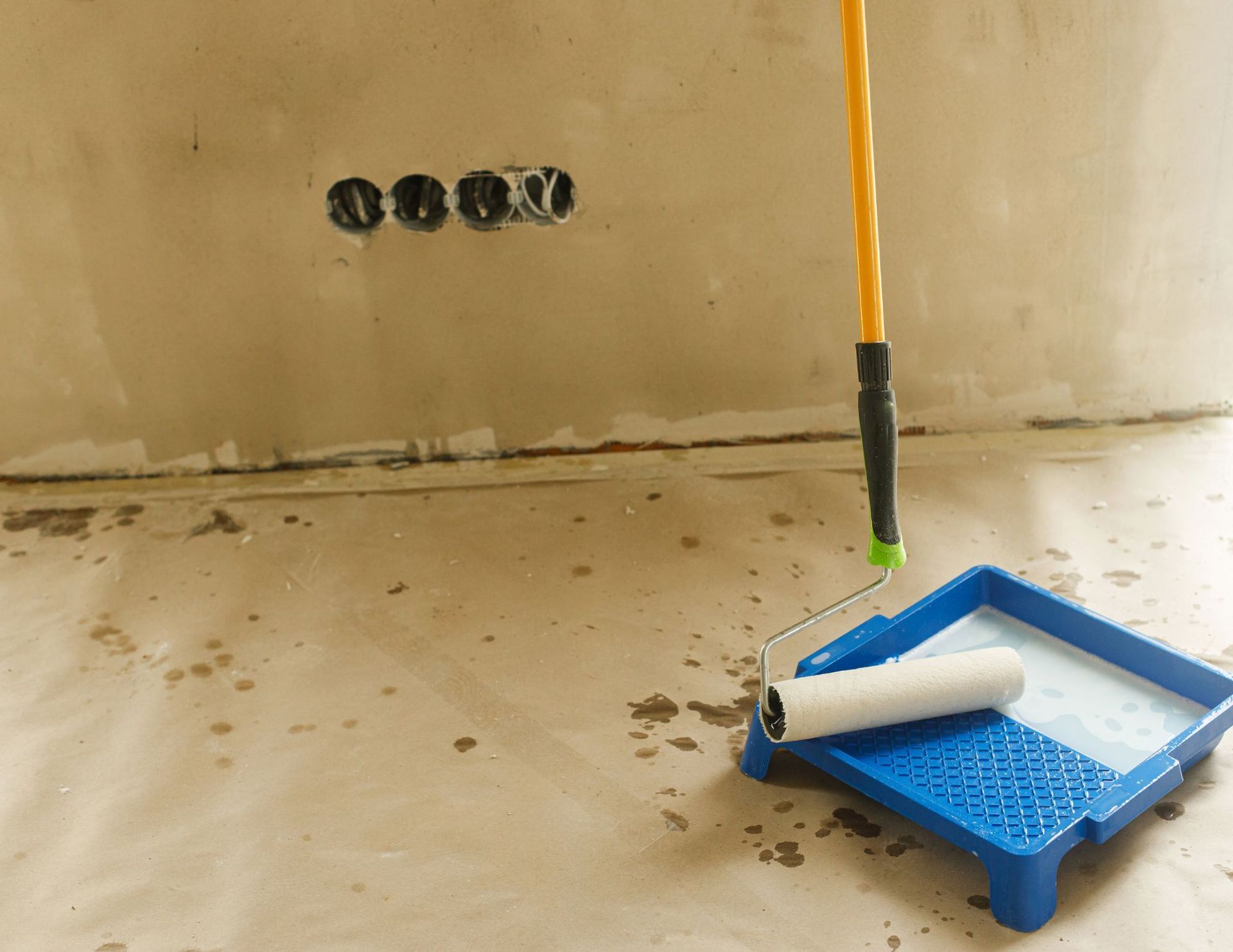
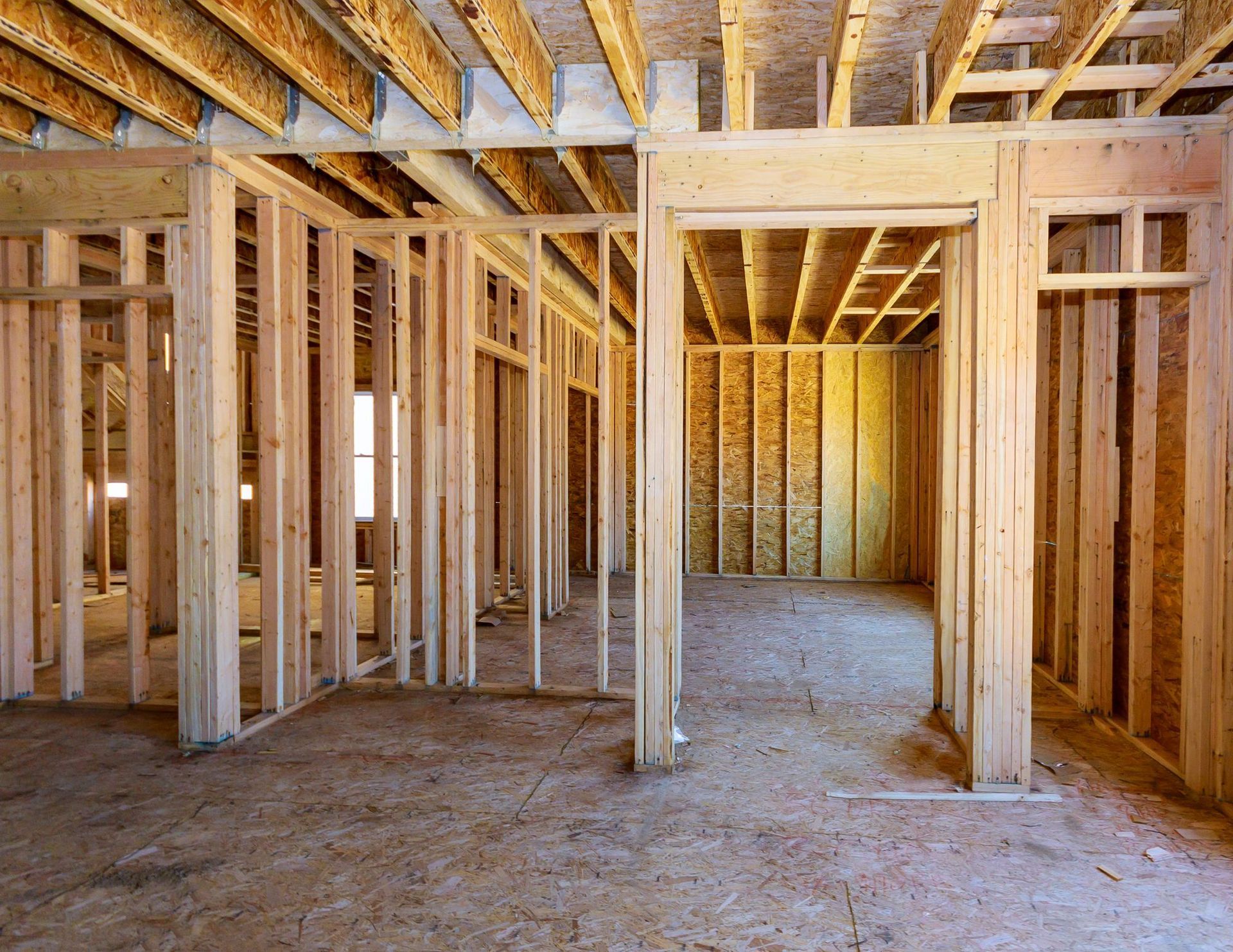
Contact
Calgary, AB, Canada
quotes@calgarydrywallpros.com
587-327-1261
Opening Hours
- Mon - Sat
- -
- Sunday
- Closed
Legal Disclaimer: This is a lead generation website. All drywall services are provided by a local drywall company and not by the owners of this website.
Operated By Toonders Lead Generation Ltd.
